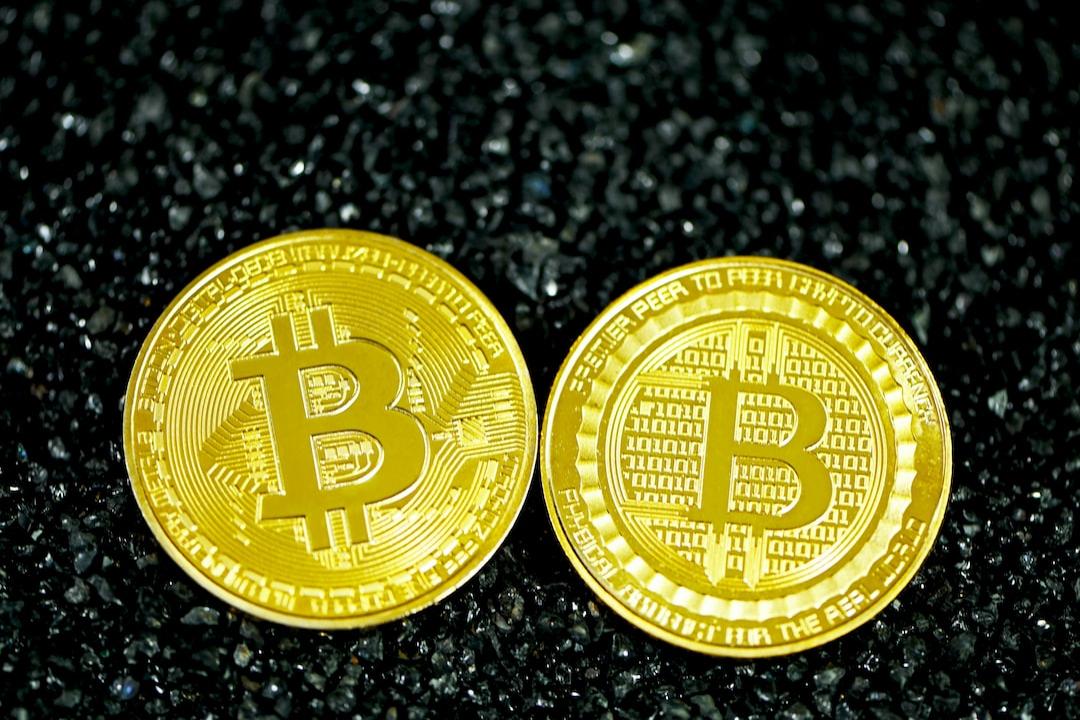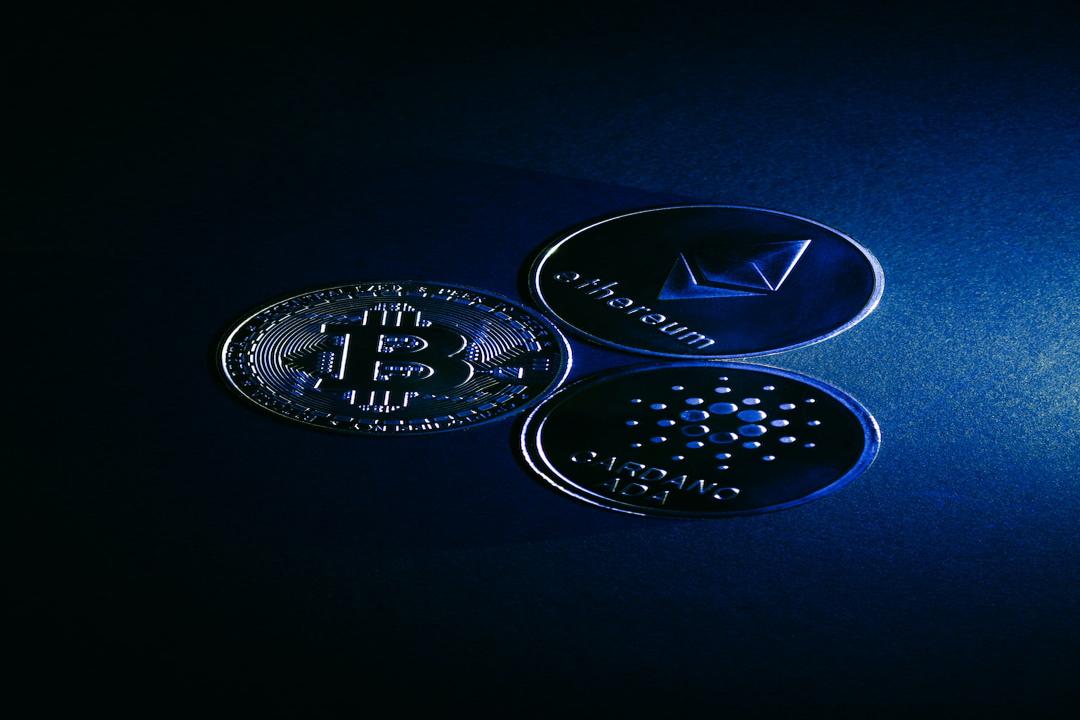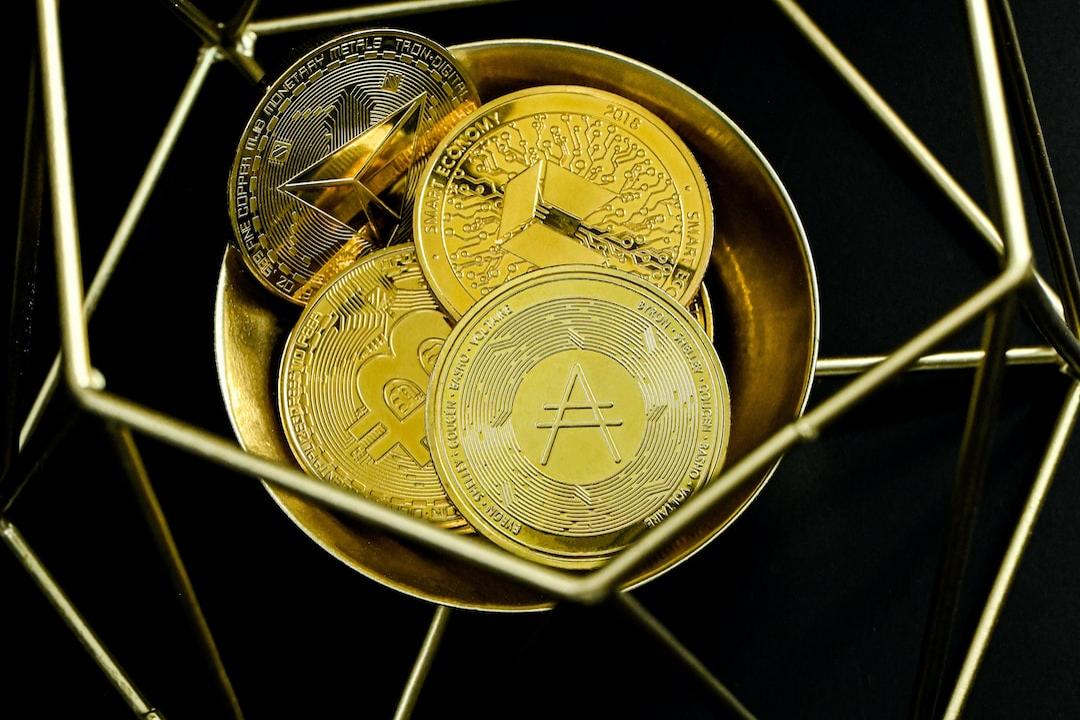Business is Calculated: How Much Motivation Does Coinbase Have to Acquire Circle?
This article is based on a piece written by Ryan Y Yi, a former venture capital strategist at Coinbase, titled “Coinbase Will Have to Acquire Circle – The Only Question Is Price,” and is organized, translated, and rephrased by Wu Shuo.
(Background: Circle officially initiates IPO: Stock code CRCL, target valuation of $6.7 billion, with JPMorgan, Citigroup, and Goldman Sachs serving as lead underwriters.)
(Supplementary Background: Circle Payments Network mainnet launched: Provides global institutions with USDC and EURC instant settlement.)
Background
I have worked in the cryptocurrency industry for many years, first at the early-stage fund CoinFund and then at Coinbase, helping to expand its venture capital strategy. All analyses in this article are based on public data, including Circle’s S-1 filing (April 2025) and Coinbase’s public financial records. There is no insider information; it is merely an analysis that anyone can conduct, though most do not.
Analysis of USDC Supply Structure
The total supply of USDC can be divided into three parts: Coinbase’s USDC, Circle’s USDC, and USDC from other platforms. According to Circle’s S-1 filing, “Platform USDC” refers to “the proportion of stablecoins held in custodial products or managed wallet services.” Specifically:
- Coinbase: Includes USDC held by Coinbase Prime and the exchange.
- Circle: Includes USDC held by Circle Mint.
- Other Platforms: USDC held by decentralized platforms such as Uniswap, Morpho, Phantom, etc.
Coinbase’s share of the total USDC supply is rapidly increasing, reaching about 23% in the first quarter of 2025. In contrast, Circle’s share remains stable. This trend reflects Coinbase’s stronger influence in the consumer, developer, and institutional markets.

USDC Revenue Distribution
For USDC on the platform, both Circle and Coinbase retain 100% of the reserve income. However, for USDC outside the platform (i.e., the “other platforms” section), both parties split the revenue 50/50.
But there is a key point: Circle benefits more from the USDC pool outside the platform. Although the amount of USDC on Coinbase’s platform is four times that of Circle’s, its revenue advantage is only about 1.3 times that of Circle.
Some rough calculations based on the 50-50 split from the “other portion” yield the following revenue distribution results:

Circle: Betting on Market Size Rather than Control
Circle’s motivation is clear: to drive the total circulation of USDC, even if these USDC are not stored on its own platform. For Circle, the ideal scenario is for USDC to become the preferred stablecoin for the dollar, a result that is already defensive and competitive enough.
As the underlying protocol provider for USDC, Circle has advantages in the following areas:
- Releasing and maintaining USDC smart contracts on over 19 blockchains.
- Controlling the native bridging of the Cross-Chain Transfer Protocol (CCTP) and the minting/burning processes.
Although USDC on the platform is more profitable, its growth is not significant. In high-risk business expansion, Circle’s scale often falls short of Coinbase. However, if USDC ultimately becomes the number one dollar stablecoin, Circle will still be a winner. This is a game focused on total market size (TAM) rather than profit margins.
The potential market size for USDC could be large enough to make these details less significant—most of Circle’s revenue growth is expected to come from the “other platforms” section (which is not a bad outcome). This motivation aligns with Circle’s capabilities, as it controls the governance, infrastructure, and technical roadmap of USDC.
Coinbase: Must Fully Control USDC
Macro Perspective
USDC is Coinbase’s second-largest source of income, accounting for approximately 15% of its revenue in the first quarter of 2025, surpassing staking income. This is also one of Coinbase’s most stable and scalable infrastructure revenue sources. As USDC expands globally, its potential returns are asymmetric.
In the future, USDC will become the core of Coinbase’s business and build its competitive moat. Although Coinbase’s primary revenue source remains trading volume from centralized exchanges (CEX), which will continue to grow with the market, the income model of USDC is more stable and will steadily increase with the overall development of the crypto economy.
USDC is set to rank among the top three dollar stablecoins and become a technology-driven solution for exporting dollars globally. Leaders in fintech and traditional finance have already recognized this, which is why they are taking action. However, USDC, with its early market advantage and support from the crypto economy, has the capability to survive and grow in competition. From an infrastructure and regulatory perspective, fully controlling USDC is a highly valuable narrative.
Micro Perspective: Coinbase’s Earnings Dilemma
Coinbase is the main driver of USDC growth but is constrained by structural limitations. USDC has now become Coinbase’s second-largest revenue source, second only to trading revenue and ahead of staking income. Therefore, every product decision at Coinbase must balance revenue and profit. The core issue is that while Coinbase expands market size (TAM), it does not fully control revenue. As market size expands, it needs to share profits with Circle—platform outside revenue is only 50%.
Ironically, Coinbase is striving to drive USDC ecosystem growth—attracting users, building infrastructure, and enhancing transaction speed—but faces structural limitations on earnings. Its consumer and developer products have been “weakened” from the start.
Coinbase’s natural response is to convert market size into “Coinbase USDC,” the fully profitable portion—such as balances held in custodial products, allowing Coinbase to earn 100% of the reserve income. This strategy has worked: the share of USDC on the Coinbase platform has increased fourfold over the past two years. However, this strategy only applies to custodial USDC, namely the exchange and Prime product line.
The problem arises in the gray area of custody—growth occurs here, but revenue attribution becomes ambiguous.
For example:
- Coinbase Wallet: As it is defined as a non-custodial wallet, even though its smart wallet improves the user experience and may even introduce a shared key model, it may still fail to meet the definition of “Platform USDC” in the S-1 filing. If most users interact with on-chain products in this way in the future, a large amount of USDC held by consumers will fall into an ambiguous revenue attribution area between Coinbase and Circle.
- Base (Coinbase’s Layer 2 network): Its architecture is non-custodial, allowing users to exit independently to Ethereum L1, and Coinbase does not hold the keys. Any USDC on Base may not be counted as “Coinbase USDC” as defined in the S-1, even though Coinbase is actually the primary entry point to Base.
The core conclusion is that Coinbase’s growth in consumer and developer products drives the use of USDC but has built in a “weakened system.” Unless Coinbase can gain control of the protocol layer of USDC, it will always face uncertainty in revenue attribution. The only thorough solution is to acquire Circle directly and redefine the rules.
Core Benefits of Acquiring Circle
- 100% Revenue Attribution: After acquiring Circle, Coinbase will no longer be limited by legal definitions regarding custodial versus non-custodial. It can directly claim full attribution rights to all interest income generated by USDC—regardless of where USDC is stored—earning all interest income from approximately $60 billion in USDC reserves. The debate over custodial definitions will cease, and Coinbase will have complete control over all USDC interest earnings.
- Protocol Control: The smart contracts of USDC, multi-chain integrations, and cross-chain transfer protocols (CCTP) will become internal assets of Coinbase. This means Coinbase will fully control the technical infrastructure of USDC.
- Strategic Product Advantages: After the acquisition, Coinbase can natively monetize USDC in wallets, Base (the Layer 2 network), and future on-chain user experiences without coordinating with third parties. USDC can serve as an abstraction layer for future on-chain interactions, and this integration does not require third-party approval.
- Regulatory Integration: As a leader in crypto policy, Coinbase can shape regulatory rules for stablecoins from the top down by controlling USDC. Mastering the core technology and operational rights of stablecoins will give Coinbase greater leverage in regulatory negotiations.
Unknowns and Challenges to Address
Growth Potential
Currently, the market capitalization of USDC is approximately $60 billion, but it is expected to reach $500 billion in the future, corresponding to about $20 billion in annual reserve income. This will make USDC a core driver for Coinbase to reach “Mag7” level (the revenue level of the world’s top tech companies).
Regulatory Factors
The U.S. is advancing legislation for stablecoins (GENIUS legislation), which, from a macro perspective, is good news for the topline growth of stablecoins, as it will deeply embed stablecoins into the existing financial system in the U.S. At the same time, stablecoins will become a proxy tool for the global dominance of the dollar.
However, this may also trigger traditional financial institutions (TradFi) and fintech companies (FinTech) to enter the market as issuers of stablecoins. Furthermore, related regulations may limit how platforms market earnings or savings products. Acquiring Circle will give Coinbase the flexibility to adjust its direction and marketing strategies in response to the changing regulatory environment.
Operational Challenges
USDC was initially designed under a consortium model, likely based on legal and regulatory considerations at the time. While it should overcome these barriers under a single company framework, it remains unclear where the specific red lines of these complex mechanisms lie. Deconstructing existing legal structures may bring risks of edge cases, but currently, these risks do not seem insurmountable.
Pricing
Market outcomes can never be accurately predicted, but we can reference some disclosed data:
- Circle is seeking to go public with an IPO at a valuation of $5 billion.
- Ripple’s IPO valuation target is $10 billion.
- Coinbase’s current market capitalization is approximately $70 billion.
- USDC currently accounts for about 15% of Coinbase’s revenue, and if fully integrated, this proportion is expected to exceed 30%.
Personal Interpretation:
Based on the data above, Circle is a natural acquisition target for Coinbase, and Coinbase is well aware of this.
Circle hopes to achieve a market valuation through its IPO (targeting $5 billion).
Coinbase wishes to observe how the market prices Circle.
Coinbase may have already realized the following points:
- For the aforementioned reasons, Coinbase needs to fully control the full-stack business of USDC.
- Full ownership of USDC could elevate its annual revenue composition from the current 15% to between 15% and 30%.
- From a 1:1 revenue valuation perspective, ownership of USDC may be priced between $10 billion and $20 billion.
Circle may also be well aware of this—they know that if the market values them highly enough, and if USDC continues to grow, Coinbase will be more motivated to directly acquire Circle to eliminate various cumbersome issues with third-party partners in business, product, and governance, incorporating them into Coinbase’s system.
Final Conclusion
Coinbase should and likely will acquire Circle. Although the current collaboration model works well, the conflicts in platform, product, and governance are too significant to ignore in the long run. The market will price Circle, but both parties have a clear understanding of each other’s value.


